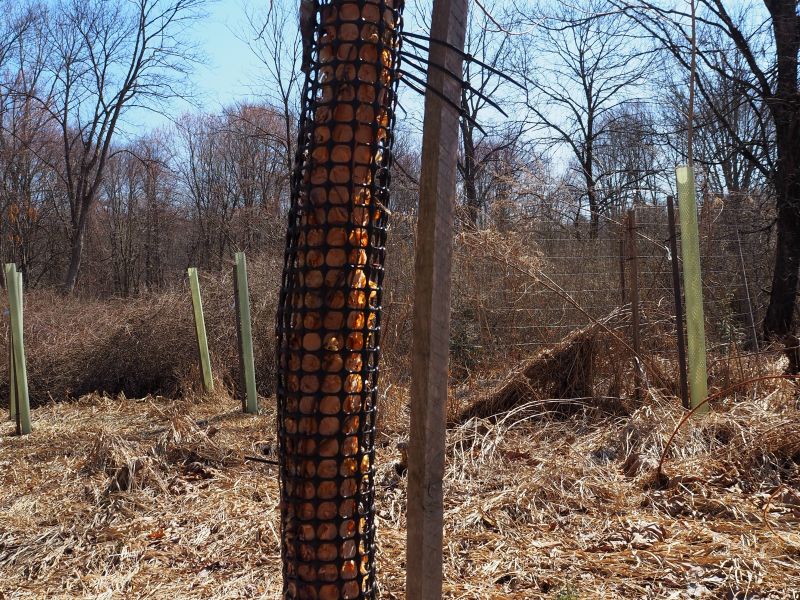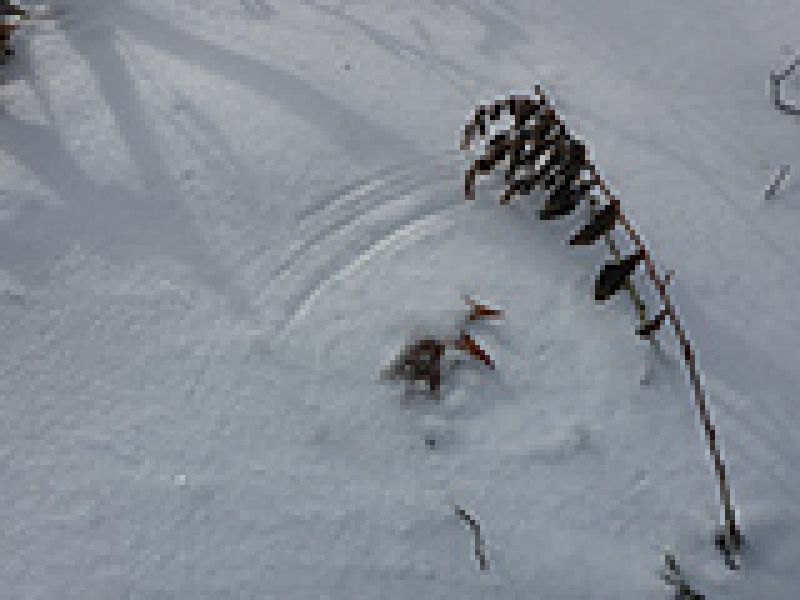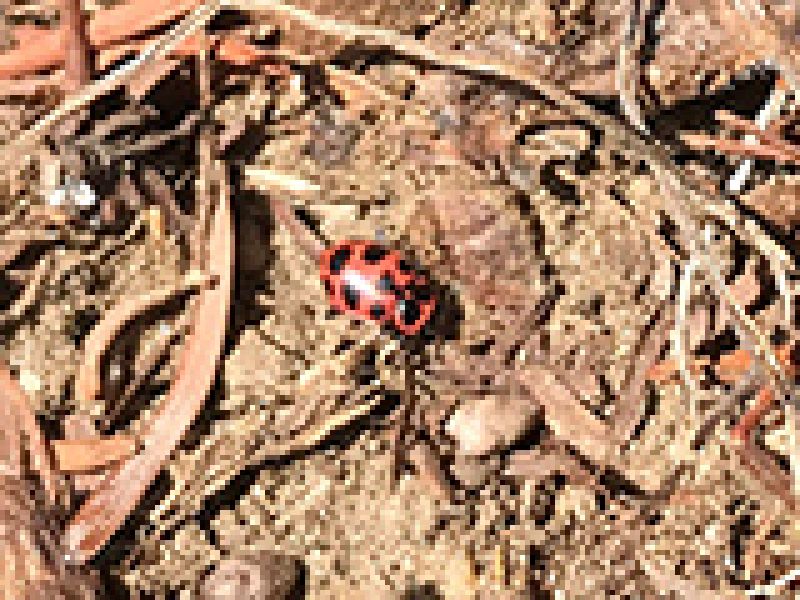We want to know where, why, and how often Best Management Practices fail.
WAC administers funds to loggers through a cost-share program to promote the use of best management practices (BMPs) for water quality protection during timber harvests within the NYC Watershed. You may not be familiar with the BMP acronym, but you’ve almost certainly seen BMPs in action.
That strip of vegetation beside the stream? That’s a stream buffer that filters sediment from surface runoff. That hump in the skid trail? That’s a water bar that controls the volume and velocity of surface runoff. BMPs also include the use of temporary bridges to cross streams and stream crossing closure techniques, such as water bar installation and surface cover improvements like seeding and mulching the approaches.

This temporary bridge installation protects the stream bed and banks during skidding operations by keeping the skidder and its load out of the stream.

A recently closed-out stream crossing. Note that the approaches have been seeded and mulched and the temporary bridge panels have been pulled. The risk of trail surface runoff going directly into the stream is low because the approaches are flat.
Over the years, the Forestry Program has completed several research projects evaluating the quality of BMPs installed on WAC and Non-WAC logging jobs (i.e. jobs where WAC did not cost-share BMPs). Previous researchers focused on BMPs for roads and trails, stream crossings, streamside management zones, and landings. They looked at whether or not BMPs were installed and to what extent they followed the NYS Forestry BMP Guide.
This summer, we evaluated BMP effectiveness in a different way. We wanted to know more about BMP failures to keep sediment out of stream channels. Toward this end, Stefni Krutz and I spent this summer examining skid trails and stream buffers associated with 43 WAC-related timber harvests that occurred between 2014 and 2019. We were looking for evidence of sediment breakthroughs, or places where concentrated surface runoff left the trail and flowed overland, carrying sediment to the stream channel. We used Avenza on our smartphones for navigation and field data collection.

Our study site locations were scattered throughout most of the NYC West of Hudson Watershed.

An example of a sediment breakthrough. This streamside skid trail captures subsurface flow from the hillslope, which drains to the stream from a low spot in the trail.
We completed field work last week and have some preliminary results to share. For example, in total we examined 22 miles of stream buffer and found 172 sediment breakthroughs, 51 of which (30%) were associated with stream crossing approaches. In terms of spatial frequency, that’s about 8 breakthroughs per mile of buffer, on average. We plan to move from simple summary statistics to improving our ability to anticipate where sediment breakthroughs will occur during the harvest planning stage. Ultimately, this research will help the WAC Forestry Program to evaluate how we work with loggers during timber harvests to reduce the number and severity of sediment inputs into streams.





